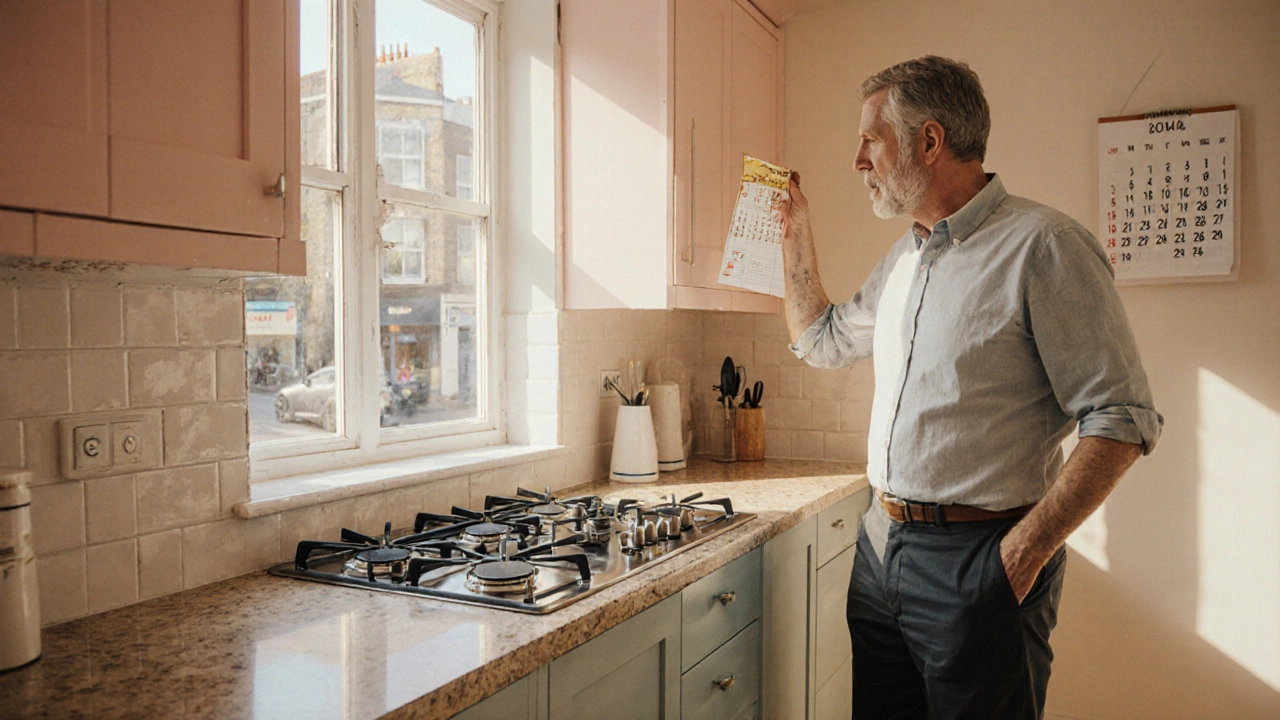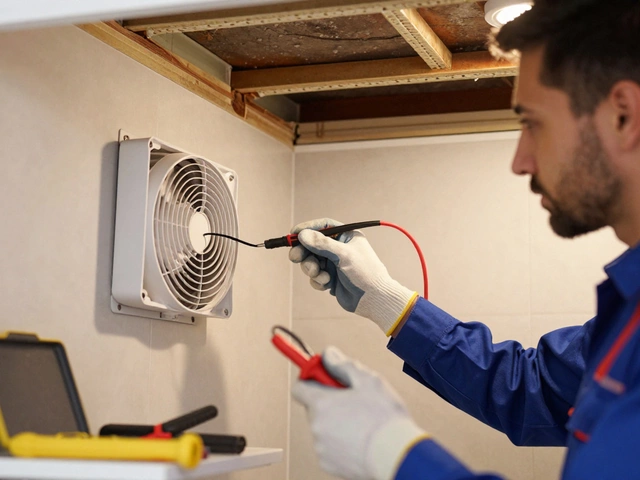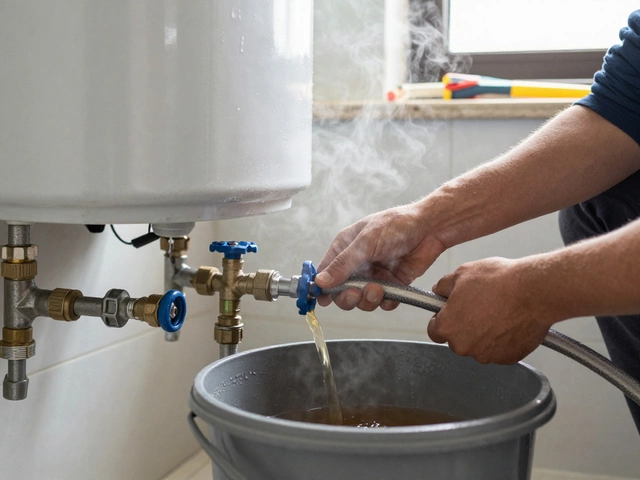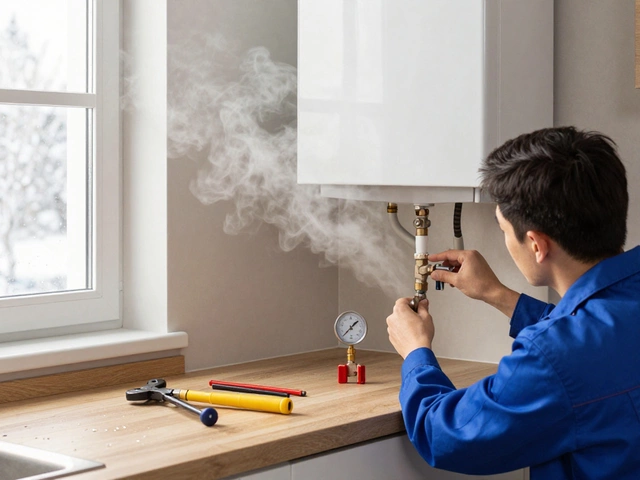Electric Cooktop Durability: What to Expect and How to Extend It
If you’ve just bought an electric cooktop or are wondering whether your old one is on its last legs, you’re in the right place. In the next few minutes I’ll break down the typical lifespan of an electric cooktop, the main things that wear it out, and simple habits that add years to its life.
Typical Lifespan of an Electric Cooktop
Most electric cooktops last between 10 and 15 years if they’re used normally and taken care of. The heating elements—those flat metal coils or smooth glass‑ceramic surfaces—are the parts that wear out first. A well‑made element can survive a decade of daily cooking, but heavy‑duty use (big pots, constant high heat) will shave off a few years.
Quality makes a difference. Premium brands often use reinforced glass‑ceramic or stainless‑steel elements that resist cracking and corrosion better than cheap models. Still, the average household sees a noticeable drop in performance after about 12 years, which is when you start hearing clicking noises or seeing uneven heating.
Key Factors That Influence Durability
Cooking style. If you blast high heat for long periods, the elements get hotter faster and fatigue sooner. Try to use medium settings when possible and only crank up to high for short bursts.
Cleaning routine. Stubborn spills that sit on the surface can cause pitting or discoloration. Wipe spills right away with a soft cloth and a mild cleaner. Avoid abrasive pads; they can scratch the glass‑ceramic and create weak spots.
Power surges. A sudden voltage spike can fry the control board or the element. Using a surge protector for your kitchen appliances is a cheap insurance policy.
Installation quality. Poor wiring or loose connections create heat where they shouldn’t be, which can lead to early failure. If you ever notice the cooktop’s power button feeling loose, call a qualified technician.
Practical Tips to Keep Your Cooktop Going
1. **Use the right cookware.** Flat‑bottomed pots sit evenly on the heating surface, spreading heat uniformly. Warped bases cause hot spots that stress the element.
2. **Don’t overload the surface.** Stacking too many pots at once blocks airflow and makes the element work harder.
3. **Turn the element off early.** After the food is done, switch the element to a low‑warm setting for a minute before turning it completely off. This reduces thermal shock.
4. **Schedule a yearly check.** A quick visual inspection by a professional can spot loose wires or early element wear before it becomes a costly repair.
5. **Replace parts, don’t whole unit.** If only one element is dead, swapping it out is cheaper and extends the life of the rest of the cooktop.
When you notice persistent error codes, uneven heating, or a cracked surface, it’s time to call a repair service. At Hinckley Home Appliance Repair Services we specialize in electric cooktop repairs and can tell you whether a part replacement makes sense.
Bottom line: an electric cooktop can serve you well for a decade or more if you treat it gently, clean it promptly, and watch out for electrical issues. Follow these habits and you’ll keep the sizzling going without surprise breakdowns.
28 September 2025
·
0 Comments
Explore the average lifespan of electric hobs, factors that affect durability, maintenance tips, repair vs replacement advice, and how to choose a long‑lasting model.
Read more






